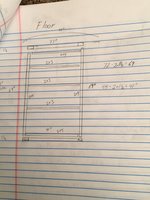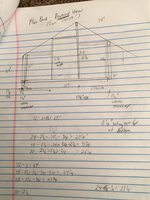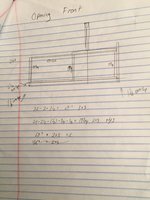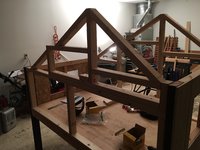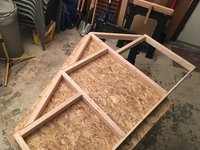- Thread starter
- #41
bjmoose
Songster
I used to have a bigger truck. I had a 94 F150 with 8' long bed. I could throw a bunch of whole sheets of plywood in the back between the wheel wells, and then just close the tailgate and drive off. I loved that thing. I think my nephew still has it.You could get a bigger truck!








